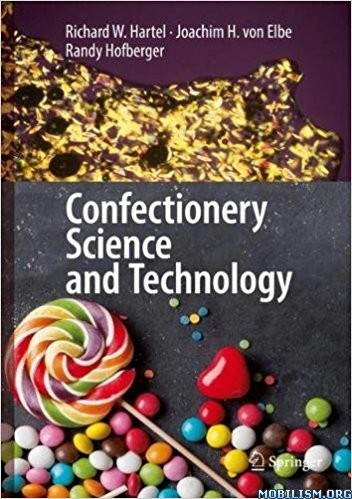The Psychology of Science and the Origins of the Scientific Mind by Gregory J. Feist
Requirements: PDF Reader, 1.1 mb
Overview: In this book, Gregory Feist reviews and consolidates the scattered literatures on the psychology of science, then calls for the establishment of the field as a unique discipline. He offers the most comprehensive perspective yet on how science came to be possible in our species and on the important role of psychological forces in an individual’s development of scientific interest, talent, and creativity. Without a psychological perspective, Feist argues, we cannot fully understand the development of scientific thinking or scientific genius.
The author explores the major subdisciplines within psychology as well as allied areas, including biological neuroscience and developmental, cognitive, personality, and social psychology, to show how each sheds light on how scientific thinking, interest, and talent arise. He assesses which elements of scientific thinking have their origin in evolved mental mechanisms and considers how humans may have developed the highly sophisticated scientific fields we know today. In his fascinating and authoritative book, Feist deals thoughtfully with the mysteries of the human mind and convincingly argues that the creation of the psychology of science as a distinct discipline is essential to deeper understanding of human thought processes.
Genre: Nonfiction > Educational > Psychology
Download Instructions:
https://www.file-upload.com/g0n9lrzdqbso
https://userscloud.com/pagi50rzvn6d





